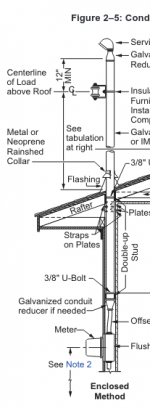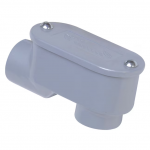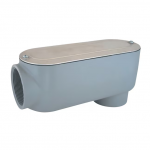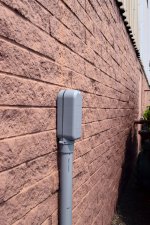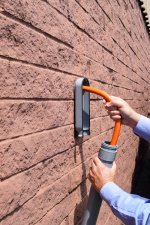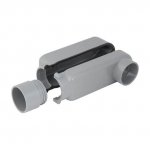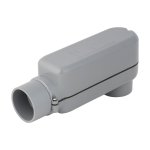If it's not too far and if I can, I'll pipe it and pull individual conductors.
I think wire bending space in any LB and lug orientation in any residential meter, meter/main or loadcenter lack a lot to be desired.
You might get spoiled by the location of lugs in an offset meter every now and then but not very often.
Jap>
I think wire bending space in any LB and lug orientation in any residential meter, meter/main or loadcenter lack a lot to be desired.
You might get spoiled by the location of lugs in an offset meter every now and then but not very often.
Jap>


